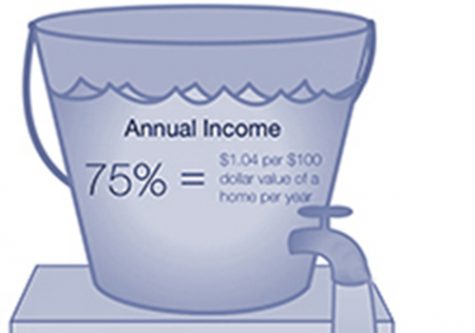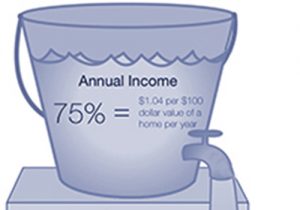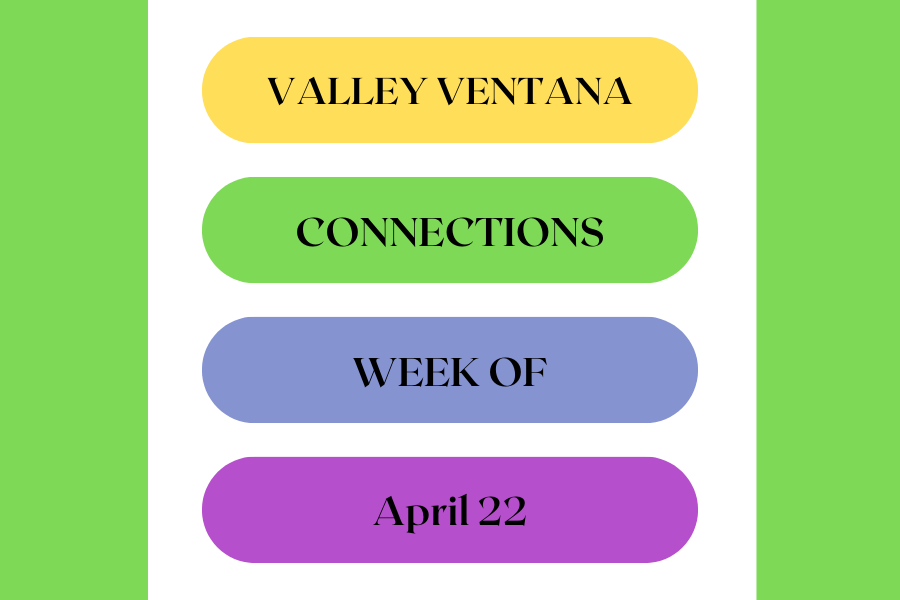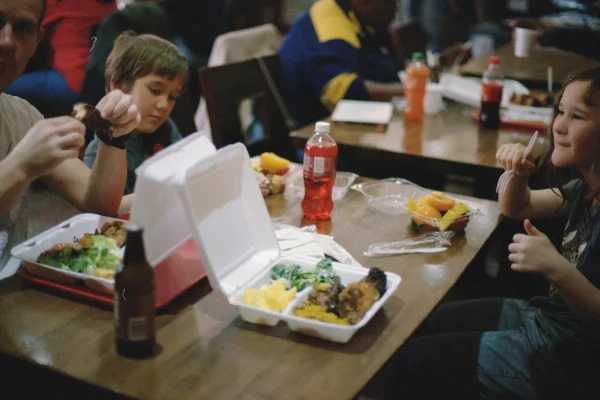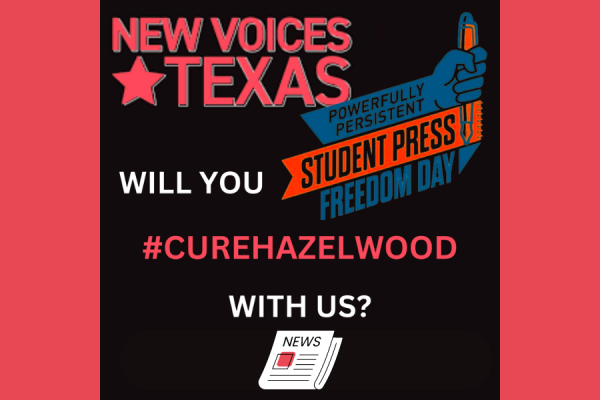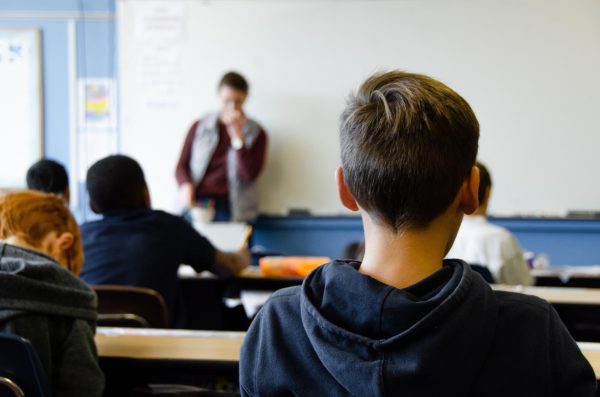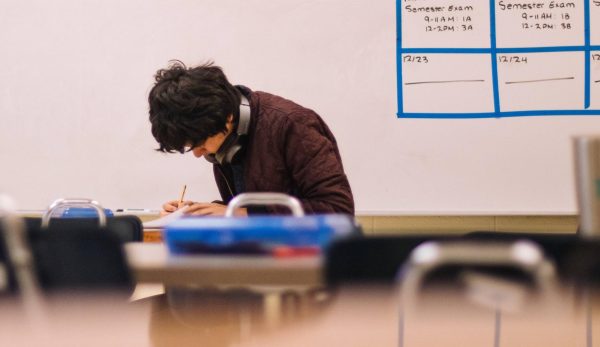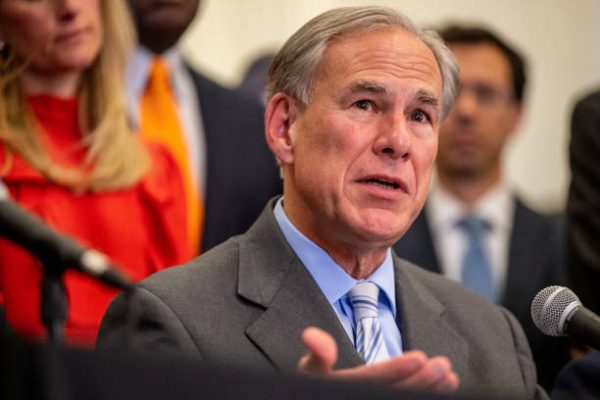Pros and bonds
New option to address growth, overcrowding require voter attention
Students walk down the main A-wing hallway on their way to first period. The increase in student population led to crowding in the hallways.
February 8, 2017
School board members have some heady decisions to make in the next few weeks – decisions that will have an impact on this district addresses growth and overcrowding on this campus and others.
Of the four options, listed as A,B,C, and D, option A is the best option for the future because it will not only create two new high schools and put into action a design plan for a new elementary school, but it will also relieve the overcrowding of SVHS and the surrounding schools.
The other options call for the creation of two new high schools and elementary schools while increasing taxes for homeowners by three cents (Option B), creating one new high school and turning Smithson Valley Middle School into a ninth grade center (Option C), and finally just the creation of a new elementary school (Option D). Of these four choices option A is clearly the most beneficial because it will help with overcrowding but also set up the future of the district to address crowded schools across the district.
Option A
The creation of two new high schools would give breathing room to the campuses currently bursting at the seams.
It doesn’t take a genius to walk through the hallways of this school to realize there are too many students. As the bell rings signaling for a new period, a sea of kids floods the hallway, creating a major traffic jam at almost every corner of the school. Enrollment has already exceeded capacity and will only continue to grow by an average of 175 students a year.
Canyon High School is in a similar boat, and most elementary schools in the area are even more overcrowded than the high schools. That’s why the creation of two new high schools would be so beneficial. Those campuses would provide an outlet for students to funnel and free up space and desks in classrooms at existing schools.
Why not just build or expand? The problem is the school is landlocked, meaning it can’t expand because there’s nowhere to expand. But there is property in which the district can build new schools on. New high schools would not only remove hallway traffic but could significantly reduce vehicle traffic because it would reduce the number of cars and fix a growing parking issue as the parking lot is almost full at the school.
All in all, Option A would alleviate the massive numbers that are attending schools in the district, and with construction of a new elementary school, it would help keep those elementaries from overcrowding while setting up for the future of the new high schools.
Bond Option A will also help set up for the future of the Comal school district. If new schools aren’t created, we run the risk of forcing future high schoolers in the Smithson Valley area having to drive to Canyon Lake High School – about 45 minutes away from the school – despite the fact that they may live fewer than five minutes from Smithson Valley. This seems unfair to future students who shouldn’t have to pay for the lack of action now.
The new schools will create attendance zones that will funnel students on a pretty straight path to the high school they will attend. So a student who goes to elementary and middle school in the Bulverde area will not have to suddenly go to Canyon Lake High School. It will allow that student to stay in a general area pretty much his whole childhood, a luxury many current students in the Comal ISD area have been afforded. There’s no reason the future students should be denied the same.
Option B
The only other option that even comes close to Option A is Option B, which creates two new high schools and two new elementary schools. While looking at the issues, this might seem most beneficial but the problem lies in that it’s the most expensive bond. It will cost a 3 cent tax increase.
While that might sound miniscule, it would wind up raising home taxes in the area. Also, the newest school wouldn’t be built until 2022. By then, the district will have been forced to enact major attendance zone changes. This will not be the most advantageous since it would send kids to schools away from the areas they’ve grown up in their whole life.
Option C
Option C seems to have an inverse effect because it would turn Smithson Valley Middle School into a ninth grade center and create only one new high school to relieve Canyon High School. This would only shift the major overcrowding to the middle schools and wouldn’t help with elementary overcrowding because only an elementary design would be put into place, which really fixes nothing.
Option D
And finally option D would only put into design for a new elementary school, setting up Smithson Valley High School to become so overcrowded that it would not only close its doors to new students but would create a major rezoning that would give students absurd 45-minute to one-hour commutes. And all this is important to care about because most students in the area have siblings going through the Comal school system, which means parents and older siblings will drive across the county to pick up and drop off younger students.
Instead of giving students the opportunity to have a typical high school experience, they would have one which would involve long drives to school, hallways packed to the brim, and classes of about 45 kids. Years from now, if graduates decided they wanted to resettle in the Spring Branch area, their children’s experience would be vastly different today’s.
It’s important to care about this bond because it affects the surroundings we live in. It’s not good enough to care about the community but not act to advance. That’s why the school board should choose Option A. It is imperative the community turn out and vote for a real solution.
It can change the whole aspect of the community we live in and will continue to keep us in touch with the future. It creates a future foundation and can also help with immediate problems we face as a community right now.


